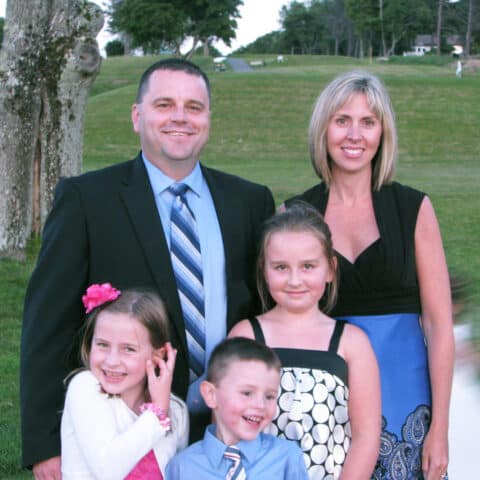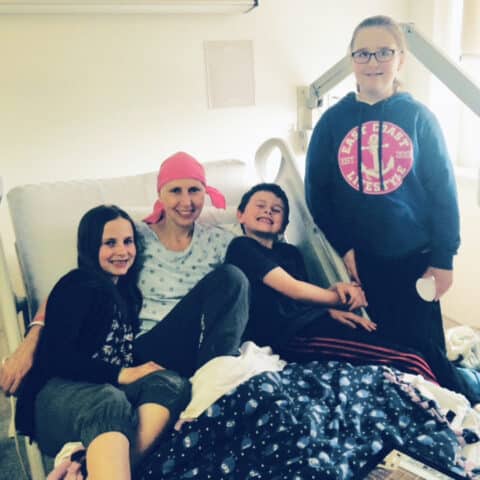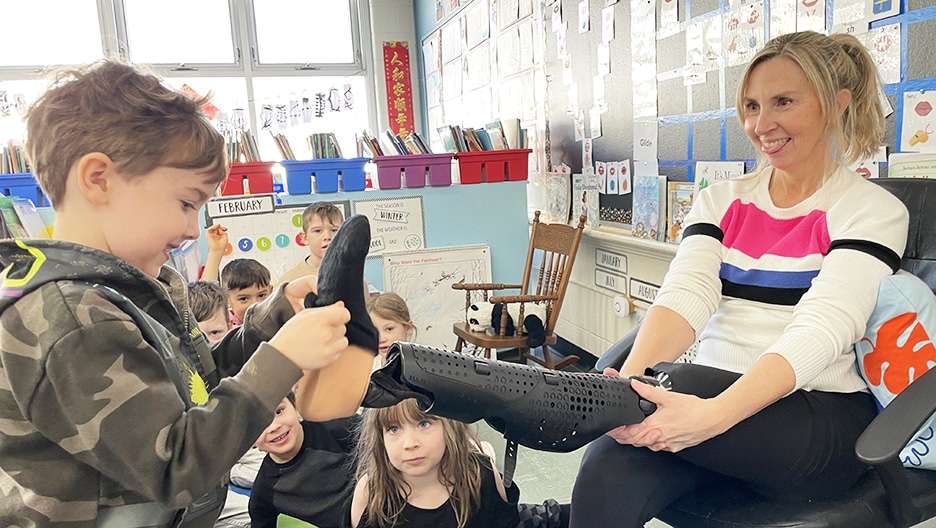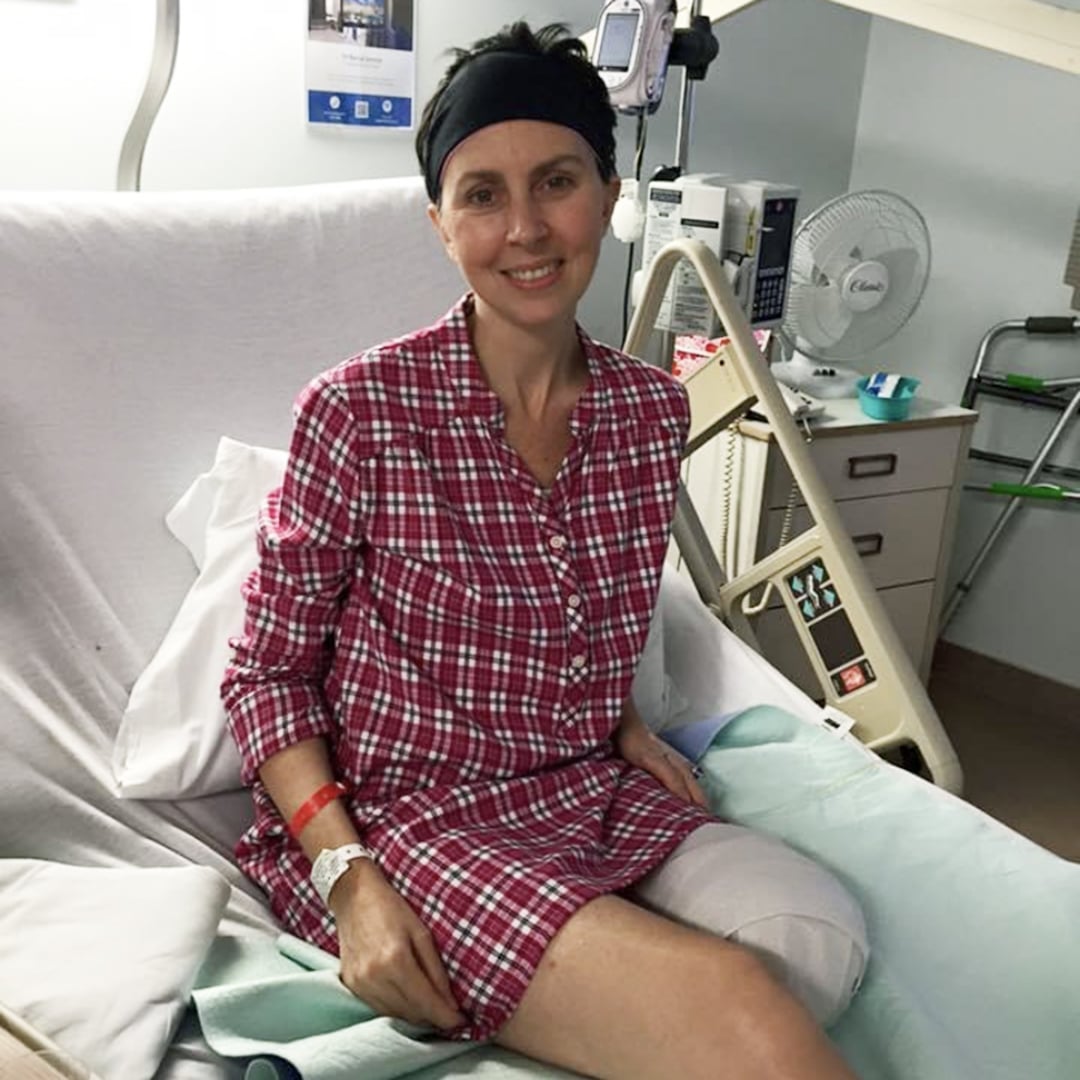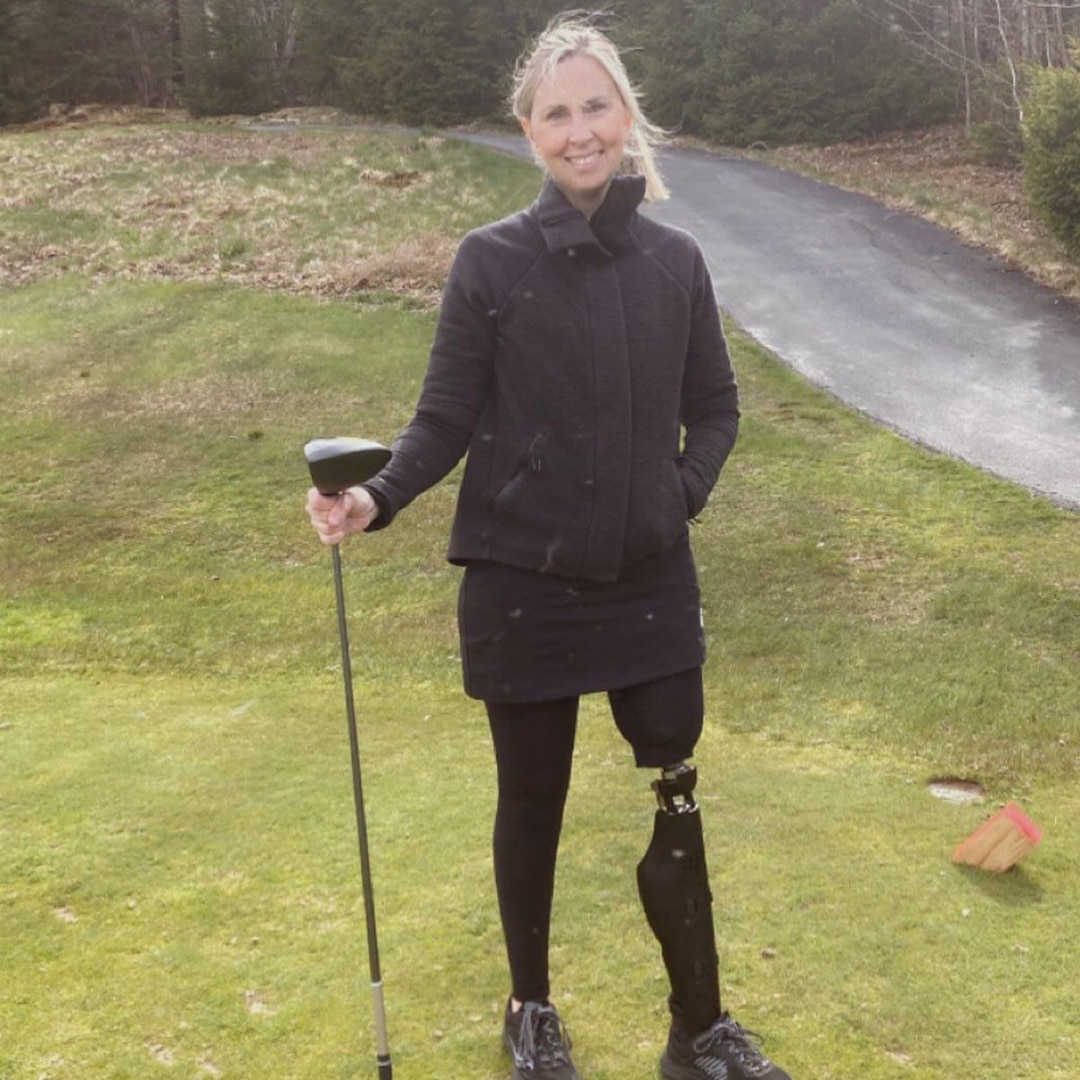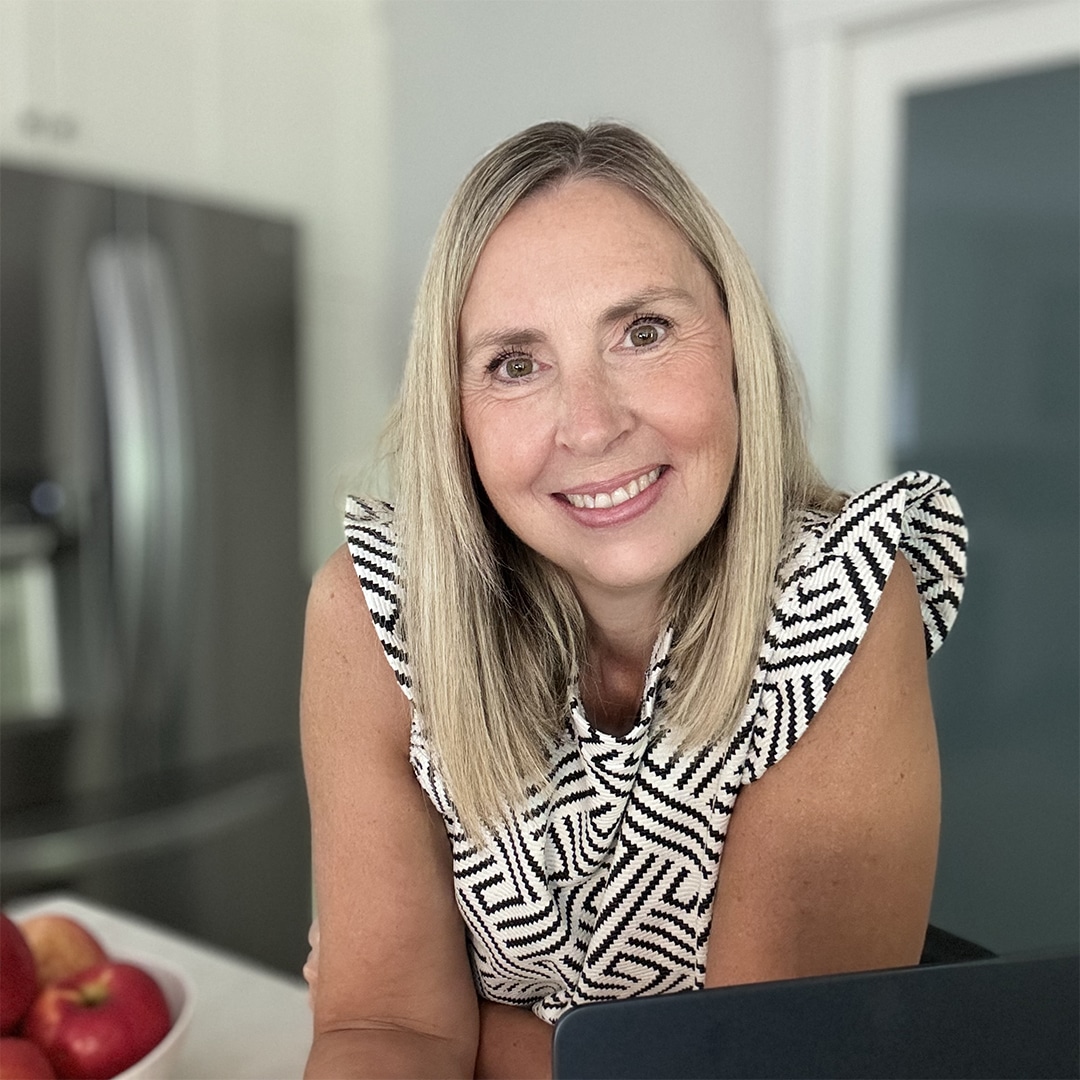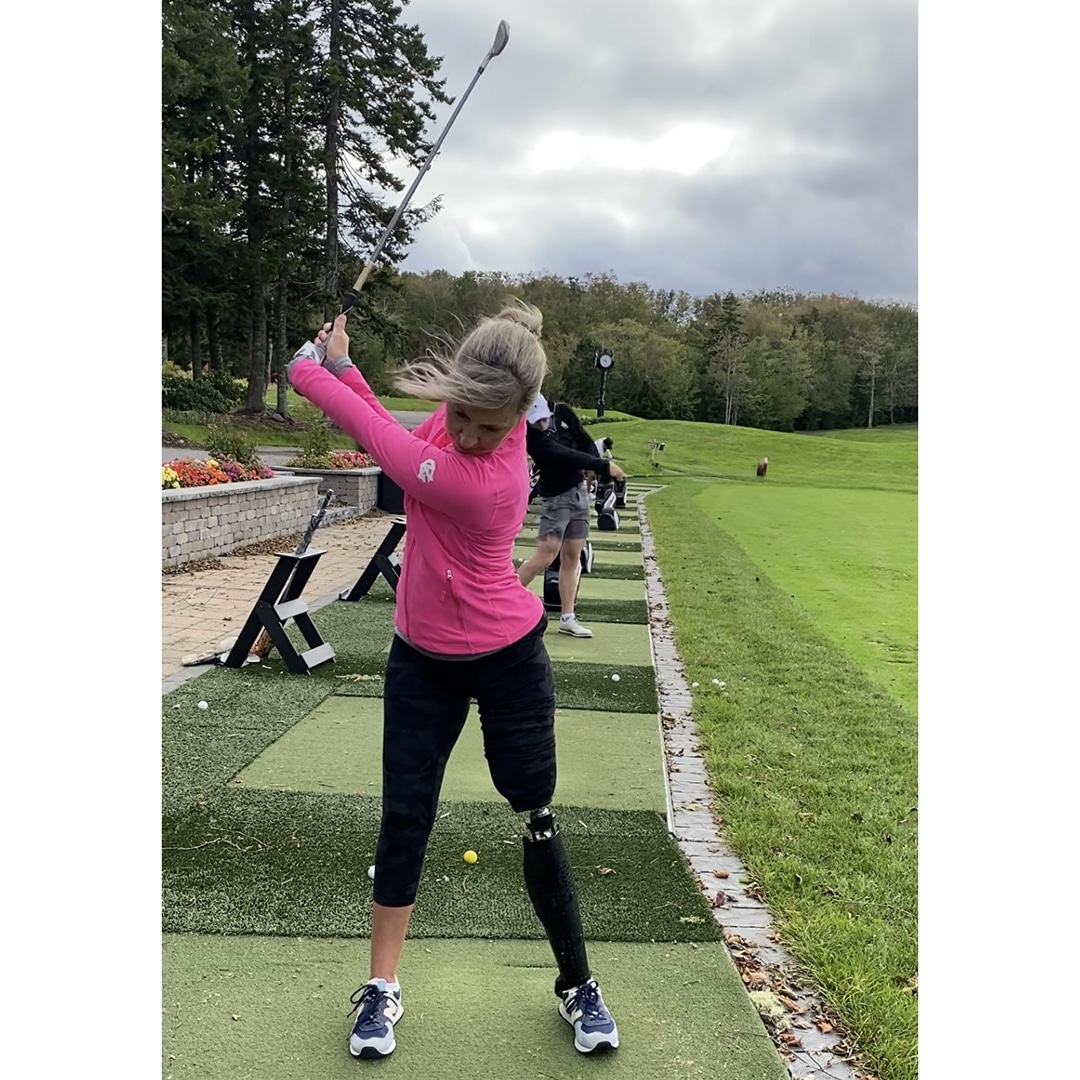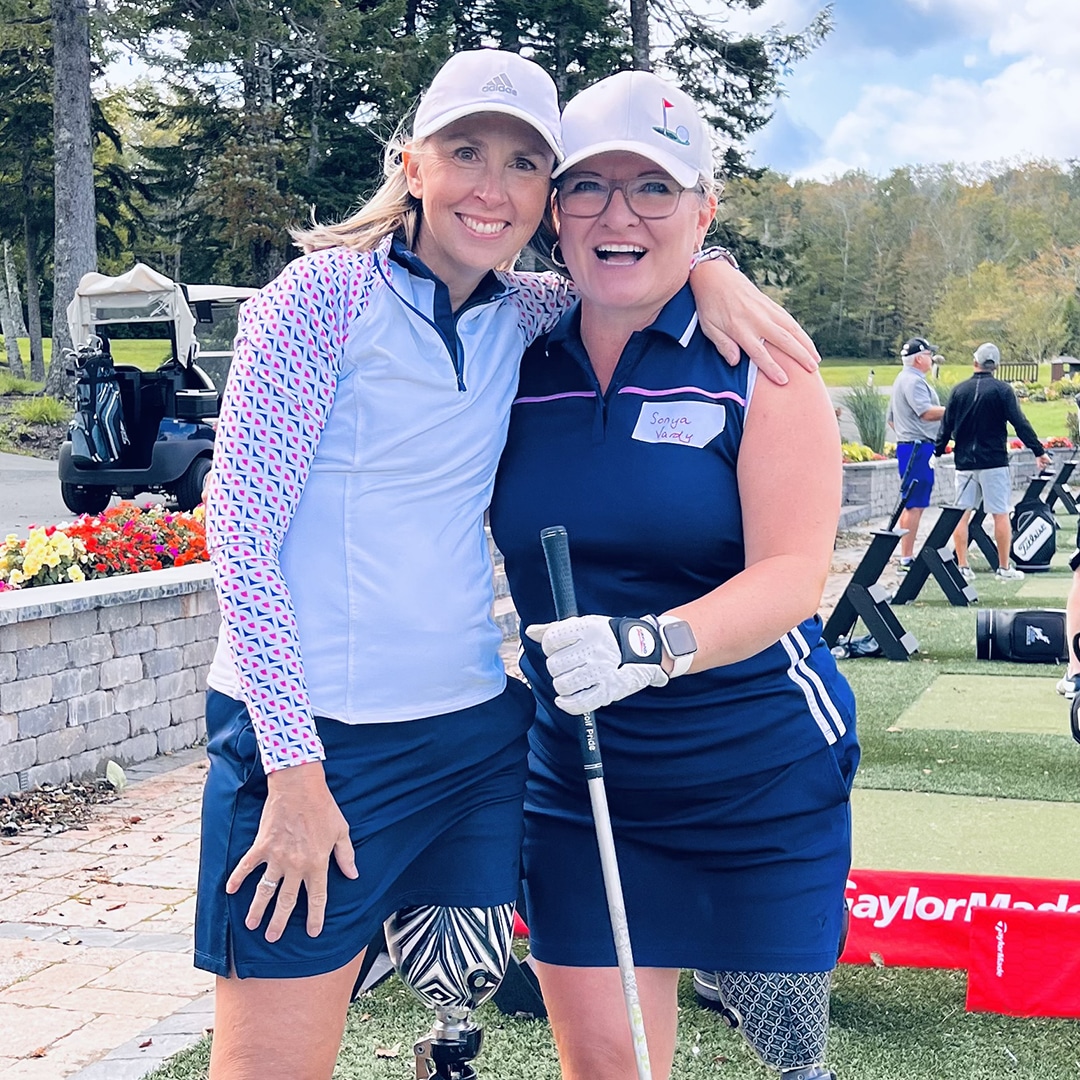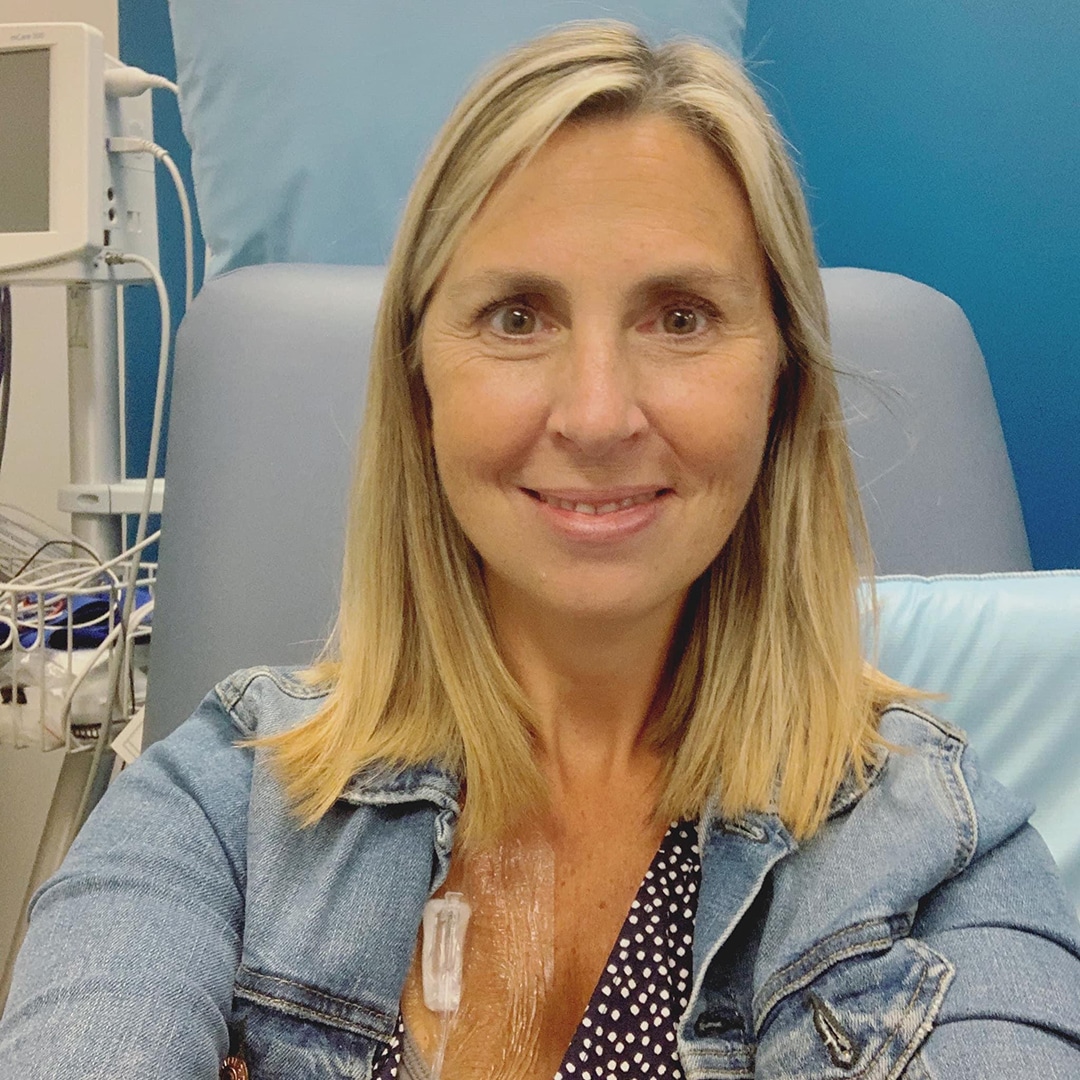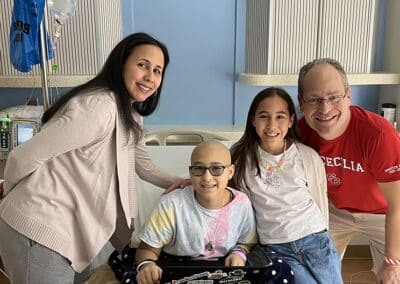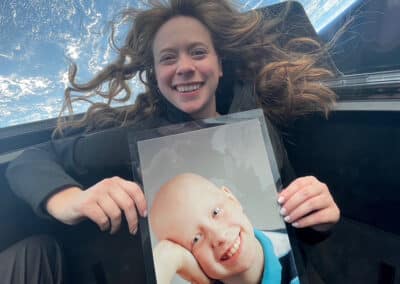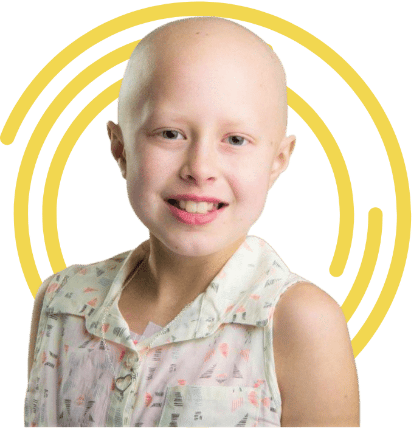Jill MacDonald has defied the odds in many ways — for better and worse. At 42 she developed osteosarcoma, a bone cancer that most commonly affects children and young adults. Her osteosarcoma diagnosis came within two weeks of her husband learning he had stage 4 colon cancer.
“I do not even remember which of us was officially diagnosed first,” she says. “It was all just so shocking, and I was numb from it.”
Dual Diagnoses
Living in Nova Scotia, Canada, Jill and her husband Jeff had school-aged kids at the time: 11, 9, and 6. Before her cancer diagnosis, Jill was an active mom and part-time grade 1 teacher. She loved her life.
“The kids were just starting to get to the age where they were becoming independent. We were able to start traveling with them,” Jill recalls. “I had recently finished my master’s degree and was getting ready to go back to work full-time. We had paid off our student loans and were ready to really start living. Life was so good.”
It was the busyness of their lives that made it easy for Jill to ignore the pain in her knee.
“I was running for exercise with a group of neighborhood moms and started to get a pain in my left knee when I first started running. But I was 42 and just chalked it up to getting older,” she says. “Then I started to have pain at night when I was sleeping. It was a nagging, aching pain, much worse at night; I could not sleep. I brushed it off. We were going on a trip to Florida, and I did not want to ruin it, so I put off going to the doctor.”
After the family returned, Jill went to a walk-in clinic, where a doctor brushed off her pain.
“She checked my knee and said, ‘There is nothing wrong with you. You just need to wear better shoes,’” Jill recalls.
Finally, Jill saw her regular physician, who ordered an X-ray that showed a tumor. After a biopsy, she received an official diagnosis: high-grade fibroblastic osteosarcoma. Later, she learned there were spots on her lungs too.
Trudging Through Treatment Together
While Jill never received a prognosis, Jeff had, and it was devastating.
“Jeff’s cancer had spread to the lining of his colon, his lymph nodes, and his liver, and there were small spots in his lungs,” Jill says. “His doctor told us it was incurable, that treatment would be palliative, and he had a maximum of two years to live.”
The couple did not have the time or space to process any of it.
“It was devastating. But we had three kids, and we had to stay strong for them,” Jill says. “You just find a way to keep it together. I do not know how we did it.”
